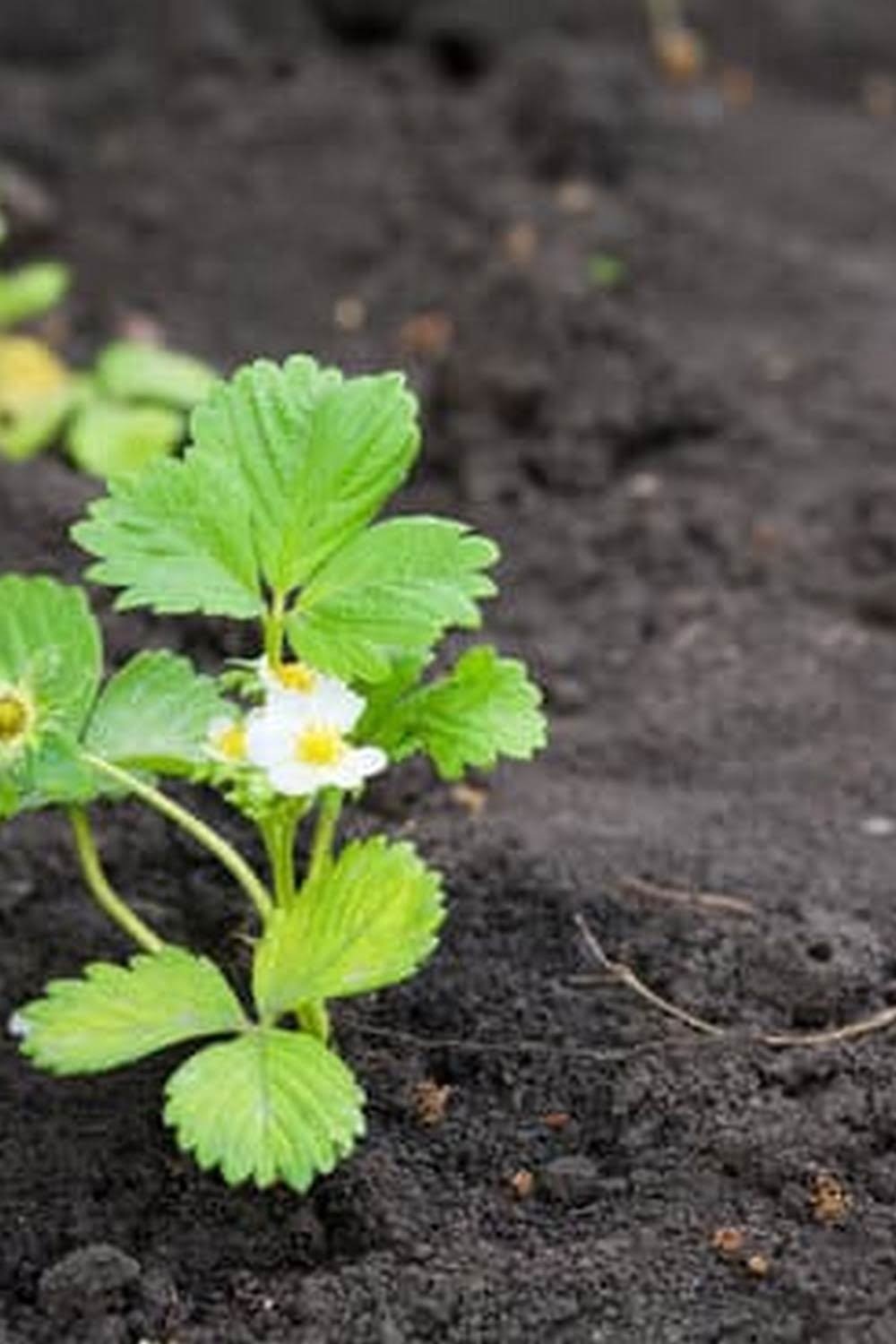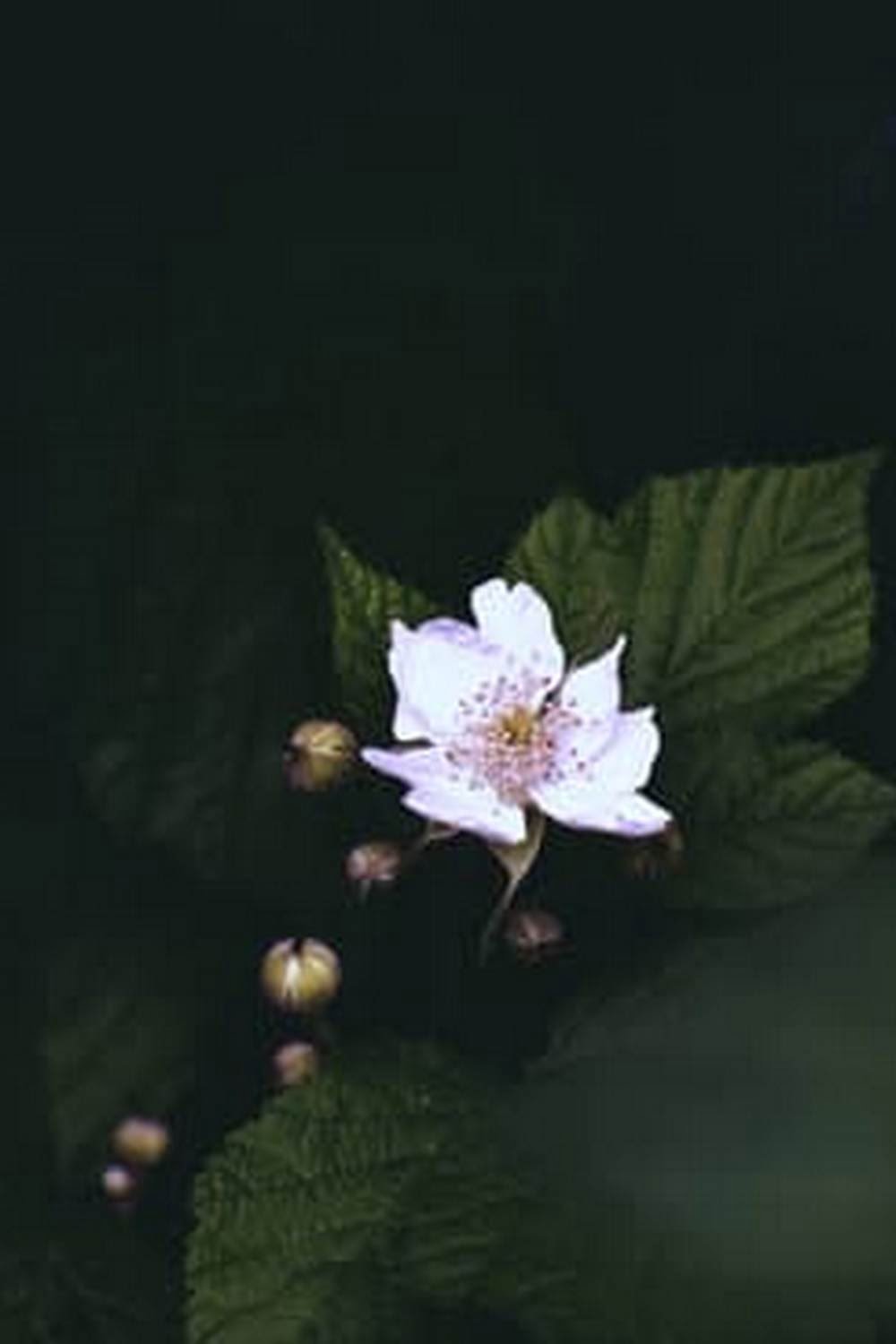Introduction
Thistles are a hardy perennial weed that can quickly take over in a vegetable garden if they’re not dealt with quickly. Thistles have daisy-like flowers that boast sharp spines which make them difficult to remove manually. Furthermore, the roots of thistle plants are expansive and can reach deep into the soil, making it hard for them to be pulled out completely and eliminating the possibility of using strategies such as tilling. Thistles have the potential to choke out other plants by stealing nutrients from the soil, competing for light and water, and completely overtaking any other plants that are surrounding it. As such, it is important to take every measure necessary to prevent thistles from gaining a foothold in your vegetable garden, such as planting only certified weed-free seeds or soil and maintaining an active weed control program for existing beds.
Where Do Thistles Come From?
Thistles typically grow in environments with open ground, consistently sunny conditions and plenty of water. Thistles are a biennial plant, meaning that they take two years to complete their life cycle. In the first year, thistle plants will form a rosette shape – long leaves extending from the central stem – and in the second year a flowering stalk will appear, ending with a cluster of purple flowers and seeds. During the flowering stage is when thistles become a nuisance in vegetable gardens as they produce thousands of tiny (but extremely hardy!) seeds. These seeds can easily spread or be carried by wind or wildlife into nearby vegetable plots if not managed properly
Recognizing Symptoms of Thistle Infestation
If you suspect that thistles have infiltrated your vegetable garden, it’s important to recognize the signs. Thistle plants send up tall shoots with dark green spiny leaves and flowers that are often purple in color. They can take over entire plots of land, making it impossible to raise other vegetation. In the early season they may start out in a general rosette pattern, only expanding later during blooming season. Once identified quickly removing them is key to preventing a larger infestation.
Best Practices for Prevention and Control
Prevention of thistles in a vegetable garden is key for keeping them from becoming an issue. Remove weeds, specifically thistle patches, as soon as you see them and carefully monitor any areas of the garden for preexisting or new patches. Before planting your vegetables in the spring, applying a pre-emergent herbicide can be useful. After each harvest, remove all debris from the garden and turn over the soil to break up any potential roots that may have developed. Planting your vegetables close together will increase shading and stop weed growth, while also providing better yields because it stops any competing plants from taking away valuable nutrients in the soil.
Cultivation and pulling up the thistles before they go to seed is a great way to start getting rid of them if they already exist in your garden. Make sure to get as much root as possible so that re-growth won’t occur when left behind. Applying an herbicide with active ingredients like imazapyr, glyphosate or dicamba may also be necessary depending on how severe the population has become; however it should only be used after cultivation has been attempted. Always read and follow label directions when using any chemical control products or treatments in your vegetable garden.
Natural Solutions for Thistle Removal
COMPREHENSION QUESTIONS
1. What is the text about?
A. The text is about natural solutions for thistle removal in vegetable gardens.
2. What are some methods for killing thistles suggested in the text?
A. Some methods for killing thistles suggested in the text include physical removal such as hand pulling, covering patches with black plastic, applying an organic herbicide or using vinegar and boiling water to kill new growth.
Effective Chemical Options for Killing Thistles
Chemical herbicides such as glyphosate, 2,4-D or triclopyr can be effective in killing thistles in a vegetable garden. These chemicals will specifically target broadleaf weeds, including thistles, but will not harm most vegetables. When using chemical herbicides, it is important to follow label instructions for proper application and observe all safety precautions. It is important to note that different dilution rates may apply to different types of thistle species; if one variety of chemical herbicide does not work on your particular thistle type, another might still be successful. Additionally, some chemical weed killers may require more than one application for complete control. Additionally, it is important to keep in mind that these chemicals can harm beneficial organisms such as honeybees and other beneficial insects. If you choose to use a chemical herbicide be sure to read the label and follow the manufacturer’s instructions regarding timing in order to protect bees and other pollinators in your area.
Alternative Methods for Killing Thistles
There are a few alternative methods for killing thistles in a vegetable garden. These include using a systemic post-emergent herbicide, burning, and hand-pulling or digging. Systemic post-emergent herbicides allow you to apply the treatment directly onto the plant and allow it to travel up into the root system. This will mean that not only can you kill the mature weed but also any existing seeds that may have been planted in the soil already. Burning is another method used to get rid of thistles and involves setting fire to the plants under controlled conditions. Hand-Pulling or Digging is the most labor intensive method of removal, but it can be very rewarding as it physically removes any weeds from the vegetable garden. It is important to make sure that all pieces of root are taken out when doing this as this will help prevent new growth from developing. For larger areas where these methods are impractical, using an organic mulch such as cardboard or newspaper covered with grass clippings can help control new growth of weeds.
Important Do’s and Don’ts for Killing Thistles in Vegetable Gardens
Do:
1. Avoid letting your weeds go to seed – Aim to remove thistles before they flower, so they don’t have an opportunity to set seeds that could sprout in the garden or be carried off into nearby gardens.
2. Spot spray with a broadleaf herbicide – This can be effective for selective removal of thistles from the vegetable garden beds, although if you use this technique you must take care not to spray any uninfested crops.
3. Pull out young plants – If you spot thistles early enough, you can pull them up by hand, though keep in mind that this will only work if you discover them before roots set and ifthe ground is sufficiently moist for pulling. Gently shake off excess soil as much as possible because every piece of root has the potential to regrow and spread its menace further throughout the garden.
4. Reducing their rate of reproduction – Mulching crop beds in winter can help reduce seedling emergence of thistle next spring since they’ll have difficulty penetrating thick layers of cover material. Alternatively, turning free-living sources of nutrition back into the soil through compost or manure can reduce competition from aggressive weeds such as thistle while encouraging healthier growth among vegetables.
Don’t:
1. Don’t ignore or underestimate them – Although there are many viable methods for controlling tithstle, it is important to stay vigilant and catch them before they become too widespread and unmanageable; especially if chemical controls are chosen.
2. Don’t allow their roots to break up when trying to pull them out by hand –If not monitored appropriately, these smaller pieces may end up spreading more extensively than before due to an increase in rooted nodes available for regrowth from those broken apart pieces .
3 .Don’t forget about nearby borders – Keep an eye open for any nearby weed reservoirs which may harbor thistles or any other unwanted species as many times new plants start invading regions due upon transferring propagules from one place to another via tools , footwear etc.*
Conclusion
Killing thistles in vegetable gardens can be an effective way to keep your plants healthy and thriving. The best approach is to practice preventative measures such as hand-weeding, mulching, and timely harvesting. Additionally, chemical weed killers can be used in areas where prevention has failed or for more stubborn strains of thistles. To ensure a successful result, it’s important to purchase the correct product and use it according to the instructions on the label. It’s also wise to cover desirable plants in the area with a protective covering when applying chemicals and take extra care near waterways. If used properly, these methods should be more than enough to help you safely and effectively eradicate thistle weeds from your garden.

If you’re looking to get into vegetable gardening, or are just looking for some tips on how to make your current garden better, then you’ve come to the right place! My name is Ethel and I have been gardening for years. In this blog, I’m going to share with you some of my best tips on how to create a successful vegetable garden.





